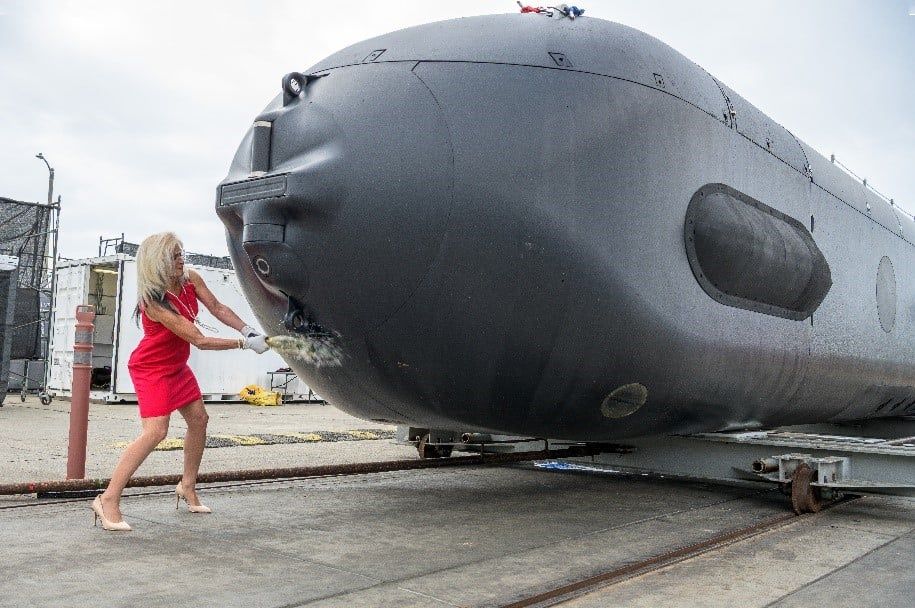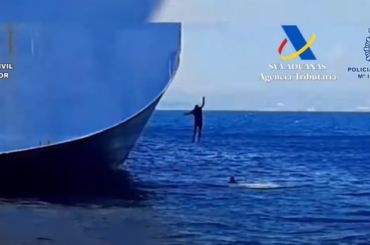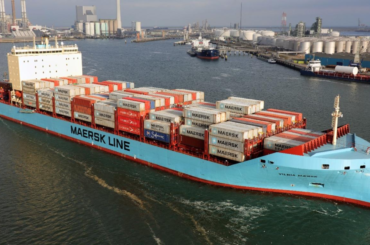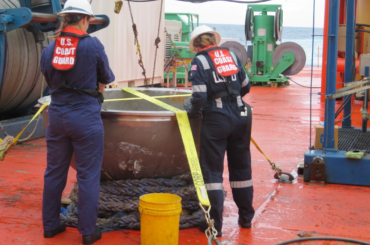The US Navy plans to develop its new fleet of unmanned submarines as little robotic troublemakers in the early stages of a conflict, giving enemy fleets a headache.
The Orca-class extra-large unmanned underwater vehicles (XLUUVs) will have a large payload bay that can carry and deploy mines and other payloads, allowing standard attack submarines to focus on direct engagement with the adversary. Orcas might potentially be sent on more dangerous missions that the Navy would be hesitant to put a sub with a human crew on. On April 28, 2022, the first Orca was christened in Huntington Beach, California. It will begin in-water testing this summer.
The Orcas, which have a 34-foot-long payload bay, will be used to deliver mines and other unidentified payloads to the undersea battleground.

Courtesy: U.S. NAVY
The US Navy has placed an order for five Orcas, four of which will be operational, and the fifth will be used as a test vehicle. Each Orca is a tiny diesel-electric submarine, making the XLUUVs the Navy’s first non-nuclear-powered submarines in more than 60 years. The Orcas don’t have a sail, giving them a torpedo-like look, although they can erect a sensor and communications mast from the hull’s surface. Each of the Orcas as 80 tons. The Navy has kept quiet about the sensor packages, top speed, range, and other details.
Orca is a larger version of Boeing’s XLUUV prototype for the Echo Voyager. The Echo Voyager is 50 tons, has a range of 6,500 miles, a top speed of eight knots, and can dive to a maximum depth of 11,000 feet. The payload bay on the Echo Voyager measured 34 feet long. Orca is likely to be faster and more capable of sailing longer distances than her predecessor.
The Mk.-67 submarine-launched mobile mine is now the leading contender for the Orca’s payload bay (SLMM). The SLMM is based on the Mk.-37 heavyweight torpedo, a guided torpedo from the 1960s. Hammerhead, a novel submarine-delivered mine based on the Mk.-54 lightweight anti-submarine torpedo, is designed to intercept enemy submarines.
The Navy might modify the Hammerhead to engage surface ships, with the advantage that an Orca could carry many more of the smaller, more current Hammerheads than the larger, outmoded SLMM. It’s also possible that a top-secret program is working on a larger, direct replacement for the SLMM.
The Orca XLUUVs are self-contained drones that can travel to specific areas independently. Orcas can raise their masts once they arrive, acquire fresh orders from the Navy, and then continue with the mission. For example, a mission could be to plant mines along the path of a Chinese invading force threatening Taiwan. If China decides to attack, there are just a few potential landing places, and seeding the beaches is difficult.
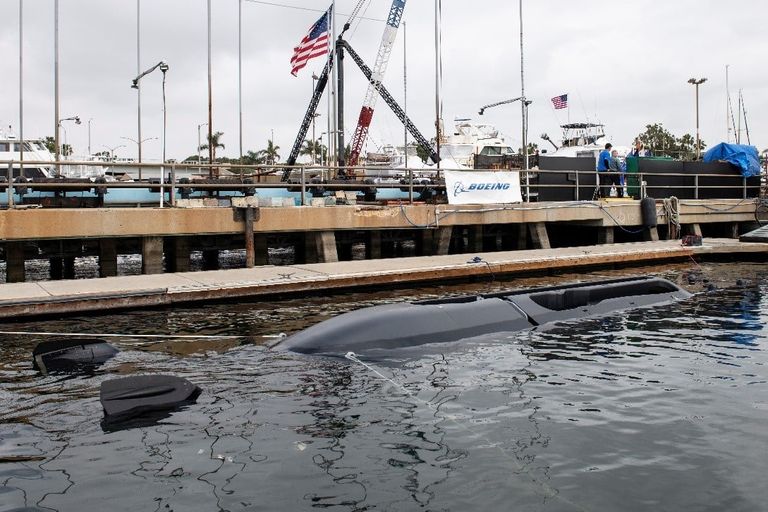
The Navy would be able to be more daring with its mine-laying tactics if it could dispatch an uncrewed submarine to lay a minefield. Orca, a small, hard-to-detect drone, might take more chances by evading hostile anti-submarine forces and planting explosives closer to enemy territory. Orcas might lay explosives in the East China Sea’s Miyako Strait, a popular passage for Chinese Navy aircraft carriers and other surface ships. Orcas could sneak up on enemy forces and plant explosives at the entrances of harbors, bays, and other safe-havens.
Minelaying would be just one aspect of a strategy, but the capacity to reach closer to the beach would give an American warfare strategy more depth.
Orcas, along with manned submarines, aircraft carriers, cruisers, destroyers, P-8 Poseidon patrol planes, and other US military assets, would constantly threaten and harass enemy ships, foiling their plans and reducing their alternatives until the only true option is to not go to sea at all.
The Navy’s 53 assault submarines will be able to focus on other objectives, such as following and sinking enemy ships, by delegating the minelaying mission to drones. The SLMM drones are carried in the torpedo bay of a submarine and ejected through the torpedo tube. Only 25 torpedoes, Sub-Harpoon anti-ship cruise missiles, and mines can be carried on the Virginia-class assault submarines. The Virginias can focus their payloads on torpedoes and missiles now that they are free of the mining role.
The only way the Navy will be able to increase the size of the fleet in any meaningful sense is to build a vast number of drones, both above and below the surface of the water. The “Ghost Fleet,” which is less expensive but still quite capable, will augment crewed surface ships to provide extra firepower, sensor range, and overall options. However, don’t expect the “ghosts” to make human crews obsolete just yet—the Navy still need people to make all decisions.

